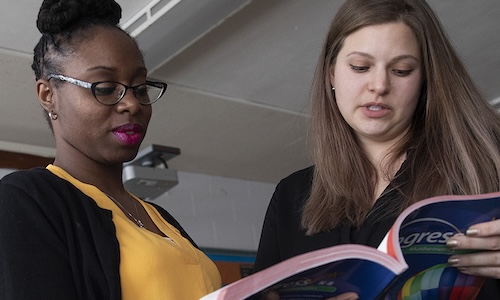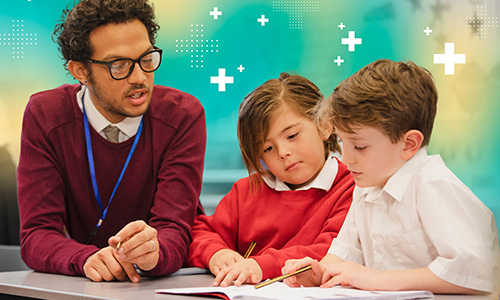Get pragmatic, helpful classroom tips from former educators that can help you save time and help more students reach their potential.

Website
Are you an ELA teacher?
Our ELA-focused professional learning offerings can help you build on your content area knowledge and pedagogical practices.

Article
Understanding the science of reading
The science of reading is the converging evidence of what matters and what works, organized around models that describe how and why.

Blog post
Literacy instruction resources for every grade
The right literacy instruction resources are invaluable when supporting children on their reading journey.